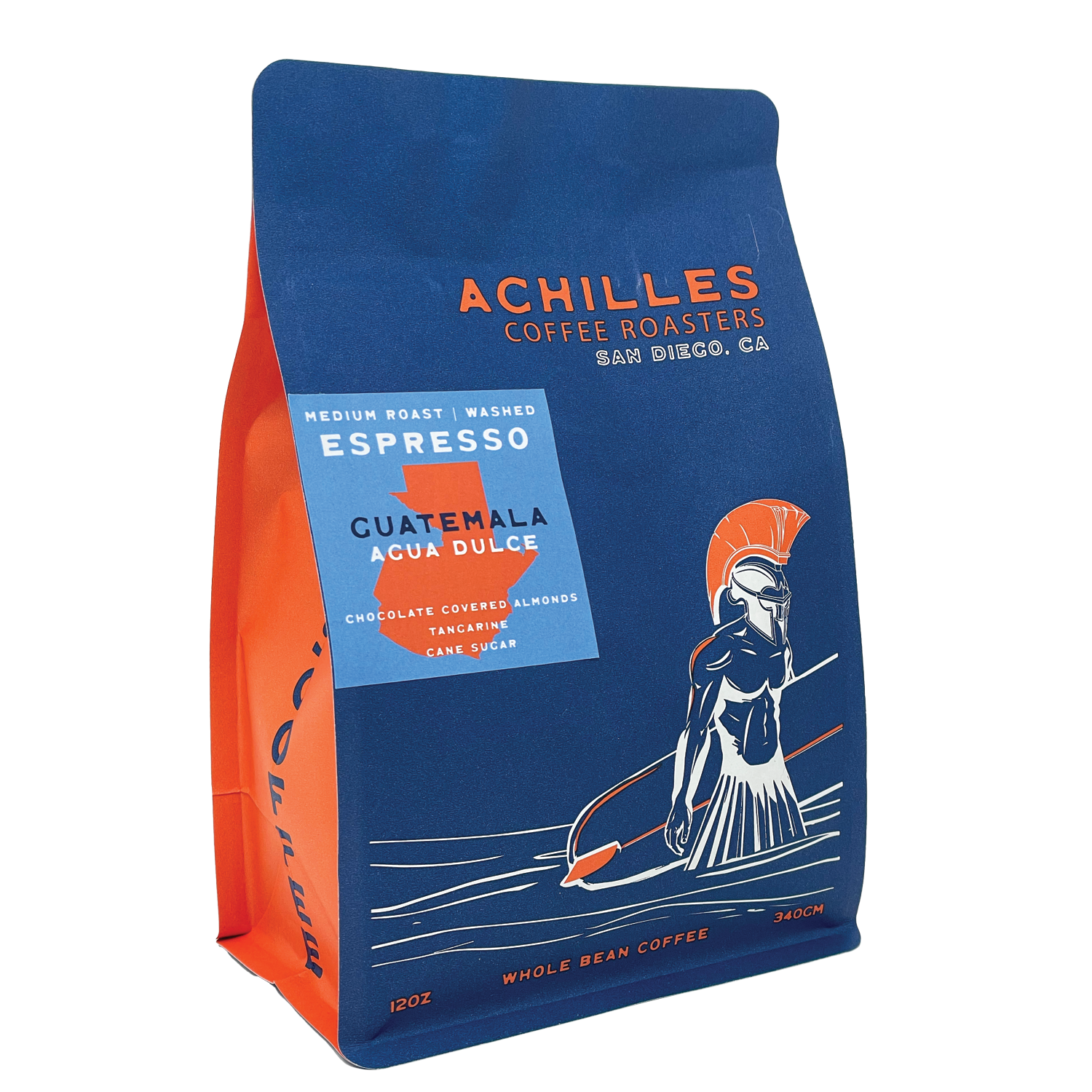How SOE Single Origin Espresso Improves Your Daily Coffee Ritual
Understanding Coffee Beans: the Journey From Coffee to Blended Coffee Beans

The Beginnings of Coffee: A Global Viewpoint
While you might believe of coffee as a modern staple, its beginnings map back centuries, intertwining with societies throughout the globe. The tale starts in Ethiopia, where tale claims a goat herder called Kaldi uncovered the energizing results of coffee beans after seeing his goats romping vigorously after eating them.
As profession routes broadened, coffee made its way to Europe in the 17th century, quickly getting popularity. It transformed from a magical beverage into a day-to-day routine, inspiring gatherings and intellectual exchanges. Each culture added its unique twist to coffee prep work, enhancing its history. This international trip highlights just how coffee links us, going beyond borders and unifying varied practices with a straightforward bean.
Farming and Harvesting of Espresso Beans
As coffee's trip advanced, the focus moved to the growing and harvesting of certain bean varieties, specifically those utilized for coffee. You'll find that coffee beans commonly come from Arabica or Robusta plants, each offering distinctive tastes. The excellent expanding problems include high altitudes and abundant, well-drained dirt, which enhance the beans' high quality.
Throughout the harvest, picking approaches differ. Timing is essential; you desire to collect when the cherries get to peak perfection for optimum flavor.
When gathered, the beans are gotten ready for processing, which is crucial in identifying their final preference. Recognizing the farming and collecting procedures offers you insight into what enters into your favorite espresso, enriching your gratitude for each and every cup.
Handling Methods: From Cherry to Bean
Now that you've learnt more about gathering espresso beans, allow's check out just how those cherries change into the coffee beans you enjoy. You'll see just how different harvesting strategies influence flavor, adhered to by the important steps of fermentation and drying. We'll damage down the milling and grading procedure that determines your coffee's top quality.
Harvesting Techniques Described
When it comes to coffee, recognizing harvesting techniques is necessary, given that they directly affect the flavor and top quality of the beans you enjoy. There are 2 key approaches: careful picking and strip selecting. Selective selecting includes hand-picking only ripe cherries, ensuring you obtain the most effective top quality beans. This technique usually results in a richer flavor profile, though it's more labor-intensive. On the various other hand, strip choosing methods collecting all cherries simultaneously, despite perfection. While it's quicker and less expensive, this can lead to a mix of flavors, affecting the end product. Ultimately, the option of gathering technique can substantially influence your coffee experience, so it's worth knowing how those beans made it to your mug.
Fermentation and Drying Out
After harvesting, the next steps in processing coffee beans play a considerable duty in forming their flavor. You'll find that fermentation is essential, as it assists damage down the mucilage surrounding the beans, boosting their taste profile. Depending upon the technique, this procedure can last from a couple of hours to numerous days, with differing results based upon temperature level and moisture.
Sun-drying allows the beans to take in tastes from the environment, while mechanical drying out guarantees consistent moisture levels regardless of weather condition. Appropriate drying is essential to avoid mold and maintain the beans' high quality, inevitably influencing your cup of coffee.
Milling and Grading Process
As fermentation and drying set the stage for taste growth, the milling and grading process warranties that only the most effective coffee beans make it to your mug. This phase entails eliminating the outer layers of the coffee cherry, consisting of the parchment and husk. After milling, the beans are sorted by dimension and weight, ensuring a consistent high quality. You'll find that grading assists recognize defects and classify beans, which impacts taste and scent. Premium beans obtain a greater grade, resulting in a richer coffee experience. As soon as graded, the beans are prepared for product packaging and shipping, maintaining their unique qualities. This thorough process is essential for providing the outstanding taste you enjoy in every sip of your favored brew.
Toasting Methods: Unlocking Taste Prospective
When you roast coffee beans, the technique you choose can significantly influence the taste profile. Understanding the connection in between time, temperature, and roasting methods is crucial to disclosing the capacity of your brew. Let's explore just how these elements integrated to create the perfect cup.
Toasting Approaches Explained
While you may believe that all coffee toasting approaches yield the very same results, the fact is that each technique reveals one-of-a-kind taste possibilities in the beans. You can select between methods like drum roasting, air roasting, and even typical pan roasting. Drum toasting uses a turning drum to equally distribute warm, improving caramelization and producing a well balanced taste. Air roasting, on the various other hand, distributes warm air around the beans, advertising a lighter roast with pronounced level of acidity. Pan roasting enables for hands-on control but requires consistent focus to prevent burning. Each method has its nuances, so experimenting with different methods can help you find the best roast that straightens with your taste preferences. Take pleasure in the trip of locating your excellent mug!

Impact on Taste Profile
Various toasting methods not only affect the process however additionally substantially affect the flavor profile of the coffee beans. When you pick a light roast, you'll experience bright level of acidity and floral notes, showcasing the bean's origin. On the other hand, a medium roast equilibriums level of acidity with sweetness, frequently disclosing chocolatey undertones. Dark roasts, on the other hand, highlight bold, great smoky flavors, in some cases covering up the bean's special characteristics. Each method discloses various oils and compounds, resulting in a vast array of flavors. By trying out with various roasting styles, you can find which accounts resonate with your taste buds. Understanding these nuances assists you value the virtuosity behind your mug of coffee, enhancing your overall experience with every sip.
Time and Temperature Level Aspects
To release the full flavor potential of coffee beans, both time and temperature level throughout the roasting process play significant duties. When toasting, you'll discover that greater temperature levels can promptly create tastes, however if you rush it, you might finish up with burned notes. Alternatively, lower temperatures permit an extra progressive taste advancement, showcasing the beans' unique characteristics.

Timing is just as vital; prolonging the roast too long can cause a loss of acidity and illumination, while as well short a roast may leave the beans underdeveloped. Finding that pleasant place requires practice and experimentation. By readjusting these aspects, you can reveal the abundant, complicated tastes hidden within each bean, developing an absolutely amazing coffee experience.
The Art of Mixing: Crafting Distinct Coffee Accounts

Begin by selecting a base coffee that offers a strong structure. After that, pick complementary beans to enhance certain flavor notes. A bright Ethiopian bean can bring fruitiness, while a rich Brazilian coffee adds body. Trial and error is vital-- don't be worried to readjust proportions until you discover your optimal profile.
As you blend, keep in mind that each combination narrates. You're not just making coffee; you're producing an experience. So, take your time, preference regularly, and enjoy the journey of discovering your signature blend.
Brewing Approaches: Just How Prep Work Affects Taste
Blending coffee opens up a domain of taste possibilities, but just how you brew that mix can substantially influence your final cup. On the various other hand, a pour-over highlights the coffee's clearness and illumination, best for showcasing delicate notes.
Coffee, with its high pressure, produces a focused shot that accentuates sweet taste and crema. If you choose a lighter mixture, think about a cold mixture approach; it produces a smooth, much less acidic preference.
Readjusting variables like water temperature, grind dimension, and brew time can change your coffee's profile. Accept the art of brewing to discover the tastes concealed in your coffee blends.
The Future of Coffee: Sustainability and Innovation
As the coffee market evolves, sustainability and advancement are coming to be necessary for addressing ecological obstacles and meeting consumer demands. You'll observe that even more coffee companies are taking on green methods, from sourcing beans ethically to carrying out lasting farming methods. These changes not just help the planet but also enhance the high quality of the coffee you delight in.
You could see advancements like eco-friendly product packaging and water-saving brewing techniques that lower waste. Advanced technology, such as blockchain, is also becoming prominent, making sure openness in the supply chain, which enables you to trace your coffee back to its origins.
In addition, investing in regional neighborhoods and supporting farmers with fair trade initiatives fosters a more sustainable coffee community. As you sip your next cup, keep in mind that your selections can add to a brighter future for coffee. By choosing lasting brands, you're not just taking pleasure in a drink; you're making a favorable effect on the globe.
Often Asked Concerns
What Is the Difference Between Arabica and Robusta Beans?
Arabica beans are smoother, sweeter, and have a greater acidity, while robusta beans are stronger, more bitter, and consist of more caffeine. When making your coffee., you'll see these differences in taste and scent.
Exactly How Does Altitude Affect Coffee Bean Taste?
Elevation effects coffee bean flavor considerably. Greater elevations generate beans with brighter level of acidity and facility flavors, while reduced altitudes typically yield beans that are larger and less nuanced. You'll see these differences in your mug!
What Are the Health And Wellness Benefits of Alcohol Consumption Coffee?
Drinking coffee can enhance your energy, improve mental emphasis, and even improve physical efficiency. It's rich in anti-oxidants, may decrease the risk of specific conditions, and can promote a much healthier metabolic process when eaten in moderation.
Can Coffee Beans Be Reused for Developing?
Yes, you can reuse coffee beans for developing, however the taste could be weak. If you enjoy exploring, attempt recycling them in different means, like cold brews or including in healthy smoothies for an additional kick.
Just how Should I Store Coffee Beans for Freshness?
To keep your coffee beans fresh, store them in a closed container in a cool, dark location. Stay clear of revealing them to dampness, light, or heat, as these variables can quickly degrade their flavor and scent.
Understanding Coffee Beans: the Journey From Espresso to Blended Coffee Beans.
Now that you've found out regarding harvesting espresso beans, allow's discover how those cherries transform right into the coffee beans you enjoy.When you roast coffee beans, the method you choose can considerably influence the taste account - Single Origin Espresso.While you could assume that all coffee roasting techniques produce the exact same results, the reality is that each method exposes distinct flavor capacities in the beans.Different toasting techniques not just influence the process but also SOE considerably affect the flavor profile of the coffee beans